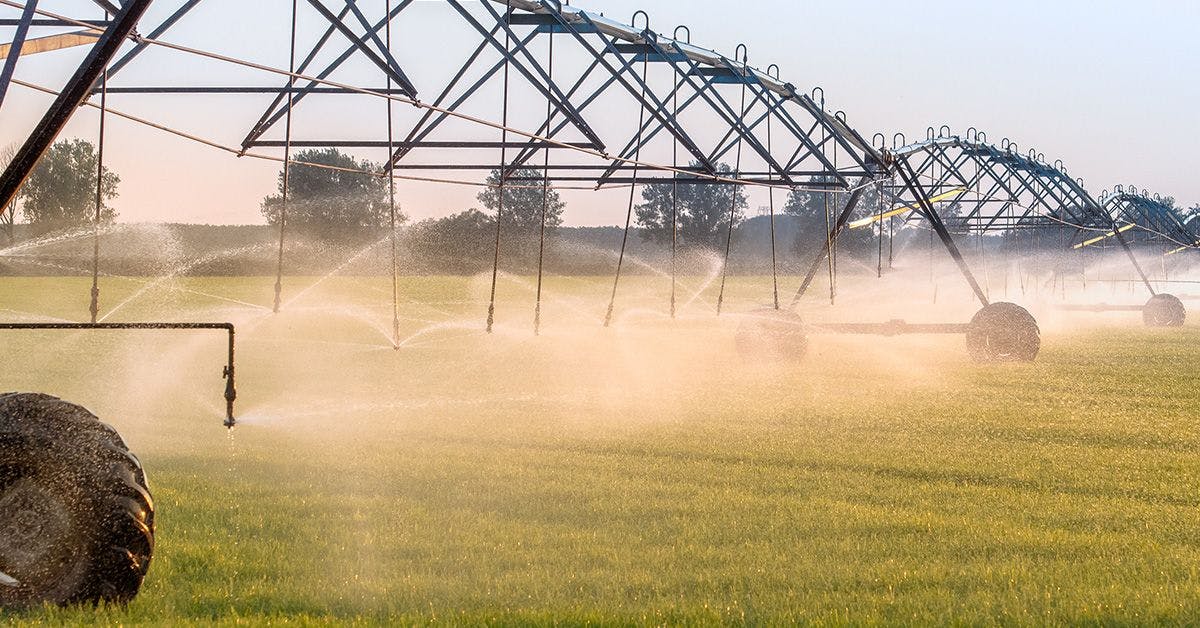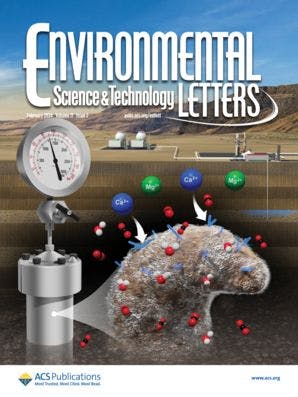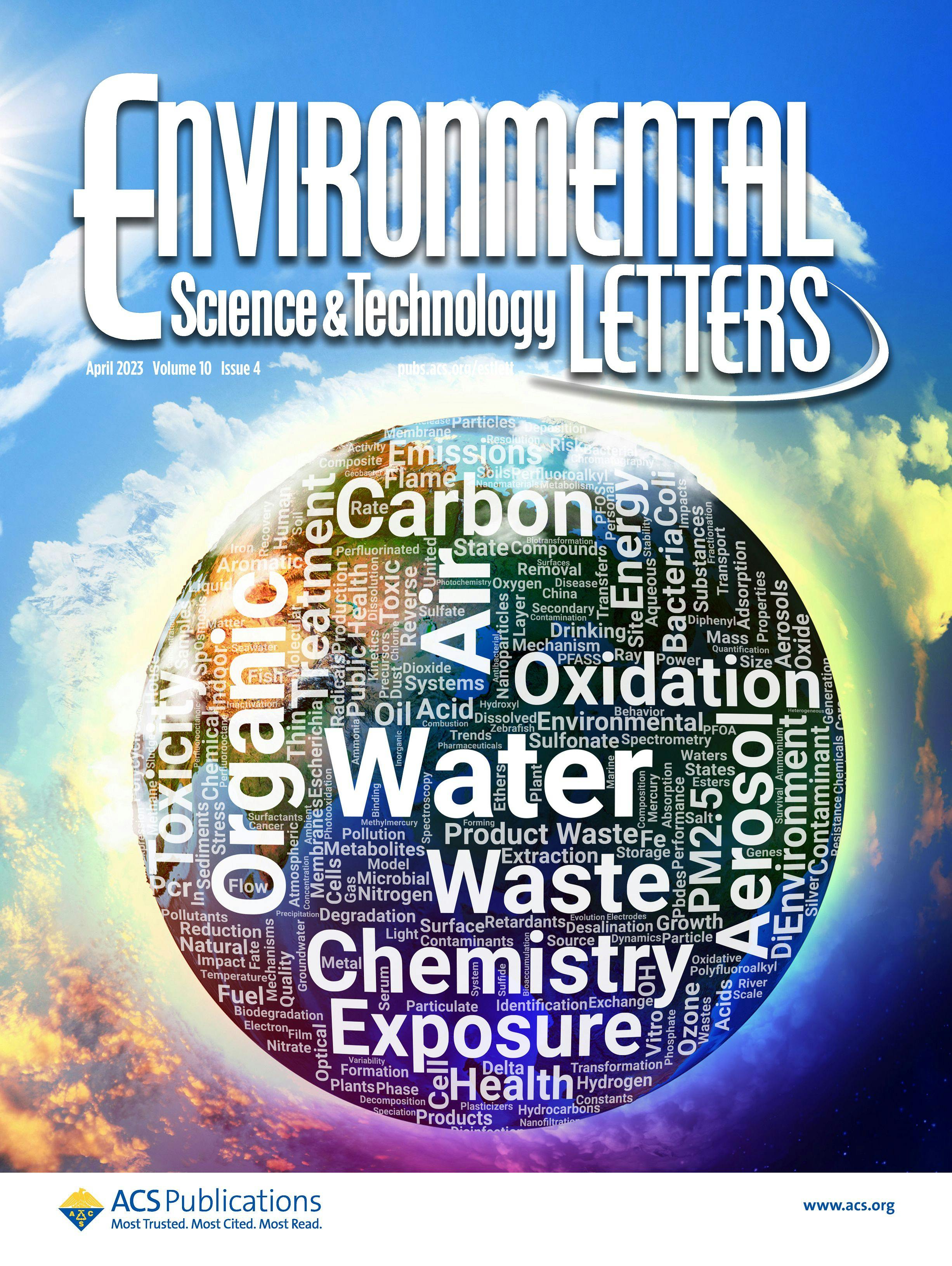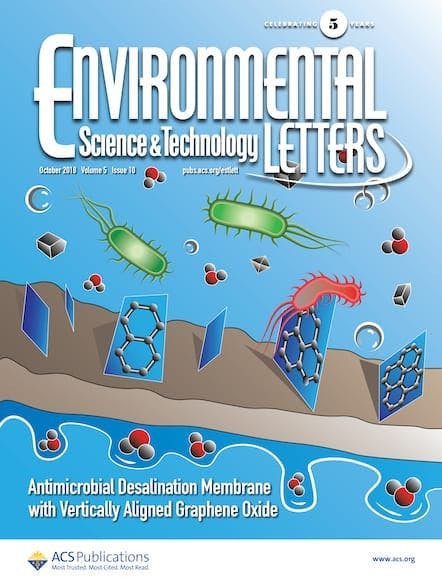A new study examines the ease at which microplastics, particularly those from biosolid-applied agricultural soils, are picked up and carried away by the wind.

Microplastics are fragments less than 5 mm in length, released into the environment from a variety of sources. It is estimated that over 3 million metric tons of microplastics enter the environment every year,1 and the numbers are growing. As a result, on an annual basis the average person eats, drinks, or inhales up to 211,000 microplastic particles.2
One overlooked—and perhaps counterintuitive—source of microplastics in the air is biowaste fertilizer used on agricultural fields. Biosolids from wastewater can be contaminated in a number of ways. Plastics find their way into our household sewage and wastewater from textiles and cosmetics, as well as from flushed items such as sanitary products and wipes. This combines with plastics from tires and paint that may wash into drains, and from agricultural uses such as netting and fleece. The result of this is that hundreds of thousands of tons are added per year to farmland.
Recent work published in Environmental Science & Technology Letters analyzed wind-borne sediments from agricultural fields treated with biosolids. While this practice is regarded as more environmentally friendly than others, it increases the amount of microplastics present in the top layer of the soil. These microplastics, along with harmful substances that might stick to them, are then carried away by the wind and breathed in by humans and wildlife.

Preferential Emission of Microplastics from Biosolid-Applied Agricultural Soils: Field Evidence and Theoretical Framework
DOI: 10.1021/acs.estlett.3c00850
To better understand this problem, the researchers used wind tunnels on fields where biosolids were applied. They noted clear enrichment of microplastics in the wind-blown sediments, and they calculated that it takes a lower wind speed to start moving these microplastics compared to regular soil due to their inherently low density.3 Their findings suggest that current models for dust emissions may not be accurately accounting for how easily microplastics can be spread.
The team analyzed wind events on a bare soil surface over 3 months, showing that 84% of wind events exceeded the velocity threshold needed for microplastics to take flight, and only 23% exceeded the threshold for the regular soil. Researchers in China have also been looking into the problem, finding that only 35% of microplastics in soil are associated with soil aggregates, while the remainder are dispersed.4

Cloudy With a Chance of Microplastics
A logical step would seem to be to remove the plastics from the biosolids before using them as fertilizer, but the difficulty is that over 90% of microplastics in biowaste are fewer than 10 μm across and difficult to detect or extract with current methods.5 These particles avoid sieving, and instead settle into the sludge at treatment plants—the material that ultimately becomes biosolid waste. Compared to microplastics at the larger (5mm) end of the spectrum, these miniscule fragments have a greater potential to carry pollutants and pose a greater inhalation risk.
The researchers suggest that their theoretical approach should be used in dust emission models to give a more accurate picture of just how much microplastic debris is being swept up into the air. Including these emissions is crucial for better understanding the environmental and health risks associated with microplastic pollution from agricultural soils.

Stay Connected
References
- Annual volume of microplastics lost to the environment worldwide as of 2018 by source. Statista 2024.
- Chart: How We Eat, Drink and Breathe Microplastics. Statista 2024.
- Leonard, J. et al. Preferential Emission of Microplastics from Biosolid-Applied Agricultural Soils: Field Evidence and Theoretical Framework. Environ. Sci. Technol. Lett. 2024, 11, 2, 136–142.
- Yang M, et al. Effect of Dry Soil Aggregate Size on Microplastic Distribution and Its Implications for Microplastic Emissions Induced by Wind Erosion. Environ. Sci. Technol. Lett. 2022, 9, 7, 618–624.
- Koutnik, V. S. et al. Unaccounted Microplastics in Wastewater Sludge: Where Do They Go?. ACS EST Water 2021, 1 (5), 1086–1097.
